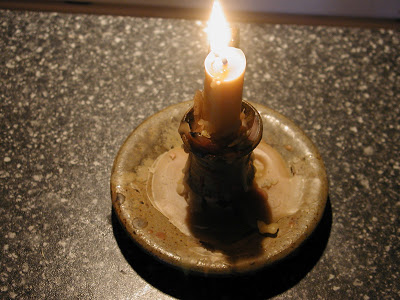“Each November, Hindu India celebrates the Festival of Divali in honor of Lakshmi, the benevolent mother goddess who brings abundance and good fortune. The golden lotus is the symbol of her life-giving power and of the sun’s creative energy. Divali commemorates the triumph of good over evil as the great Indian hero, Rama, defeats the ten-headed demon king Ravana. In the Sanskrit epic, the Ramayana, the people welcome Rama and his beloved wife, Sita, upon their return home by lighting lamps throughout the kingdom. Today, Hindu children make little pots of clay to fill with oil and wicks, and they place these in their window sills and around the edges of their roofs so that Lakshmi may see her way back to their homes, for she shuns dark places and may otherwise not find her way back to earth.”
“The Chinese celebrate a light festival in January whose roots are in antiquity and thus are difficult to trace. Ancient festivals were performed on the Altar of Heaven in Peking on the sun god’s birthday. A later festival still predating Confuscianism and Buddhism paid homage to Tsao Wang, god of fire, who punished those who broke heaven’s law. The legendary Red Emperor taught the people how to use fire and reign was distinguished by peace and love which could only come from kindness. In the modern festival, Tsao Wang is said to observe the behavior of family members throughout the year until, on the 23rd day of the 12th month, he ascents into heaven to report to the Jade Emperor what he has seen. The family prays to the kindly god and his image is placed in a chariot or horse made of paper or straw, which is set on fire to transport him to heaven. He returns a week later with ceremony and his bright new image is enshrined in the kitchen for another year as a reminder to think good thoughts and o good deeds to vanquish the evil of the world.”
“A Thai Festival of Buddhist and pre-Buddhist origin, a vestige of an early belief in the spirit of vegetation is known as Loy Krathong. The “Krathong” is traditionally made of scalloped cups or lotus blossoms into which a lit candle is placed. Everybody watches the cup float down the Chao Phraya river, for if the candle stays lit until the krathong disappears, your prayers and wishes will come true. Water is a vital force in Thai life, and the people ask the Mother of Waters to bless forgive the for having soiled and used the waters all year long. “
In honor of the beginning of these celebrations of light, here’s a song by one of my favorite folk singers, May Erlewine, “Shine On.” http://www.youtube.com/watch?v=-gWfOhhUJ2c

Leave a Reply